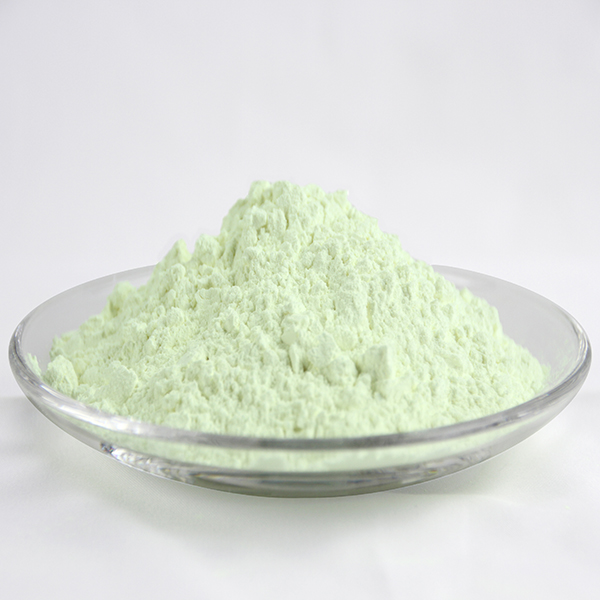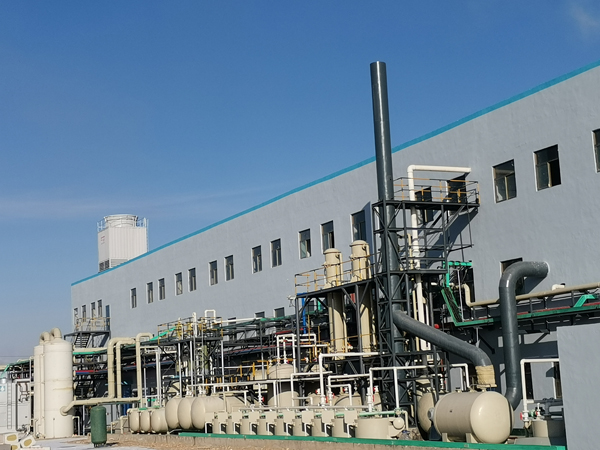We know that old white clothing and printed materials, moldy starch, and grains generally emit a yellowish light, giving people a feeling of ‘yellowing’. If an appropriate amount of fluorescent whitening agent is added at this time, these fluorescent whitening agents will emit blue or purplish blue light after absorbing invisible ultraviolet rays, forming a complementary color with the yellowish light carried by the item itself, thereby eliminating the original “yellowing” phenomenon and making clothes and printed materials that originally looked outdated The moldy starch and grains appear as white as new (note: adding fluorescent brighteners to the moldy starch and grains is illegal!). This is the whitening principle of fluorescent whitening agents. Simply put, the fluorescent whitening agent CBS-X uses optical coloring to whiten, brighten, or brighten white or light colored items. It does not undergo any chemical reaction with the item, but only relies on optical action to increase the whiteness of the object. Therefore, the fluorescent whitening agent CBS-X is also known as an “optical whitening agent” or “white dye”.
Does the presence of fluorescence necessarily mean the addition of fluorescent whitening agent CBS-X?
As mentioned above, fluorescence phenomenon is a physical phenomenon that may originate from naturally occurring fluorescent substances, such as fluorescein in fireflies; There may also be various fluorescent substances derived from artificial composition, such as fluorescent inks, fluorescent coatings, fluorescent pens, fluorescent plastics, and other materials that are suspected to be functional fluorescent materials, as well as fluorescent whitening agents. Fluorescent whitening agents are only a special type of fluorescent substance with whitening and brightening effects among a variety of complex fluorescent substances. Therefore, strictly speaking, fluorescent substances are not equivalent to fluorescent brighteners, and observing fluorescence phenomena does not necessarily mean the addition of fluorescent brighteners!!!
Fluorescence phenomenon ≠ presence of fluorescent whitening agent CBS-X
Fluorescent brighteners produce fluorescence phenomena (at specific wavelengths)
Like food additives, the variety of fluorescent brighteners is complex. According to usage, it is divided into fluorescent brighteners for paper making, plastics and composition materials, textiles, detergents, inks, adhesives, and other uses.
According to the classification of ionic properties, fluorescent brighteners can be further divided into non ionic brighteners, anionic brighteners, cationic brighteners, and amphoteric brighteners.
According to the chemical structure, it can be divided into five categories: stilbene type, coumarin type, pyrazoline type, benzoxazole type, and phthalimide imide type.
According to water solubility, it can be divided into two categories: water-soluble and insoluble. Water soluble fluorescent whitening agents are mainly used for whitening paper, coatings, laundry detergent, and cotton fabrics, while water insoluble fluorescent whitening agents are mainly used for whitening products such as chemical fibers and plastics.
Currently, there are approximately 15 chemical configurations and over 400 fluorescent brighteners. After years of scouring the sand, some have already been eliminated, and now there are dozens of commonly used varieties still being produced and used in the world.
Post time: May-26-2023



